
Deutsch-Chinesische Enzyklopädie, 德汉百科
 United States
United States

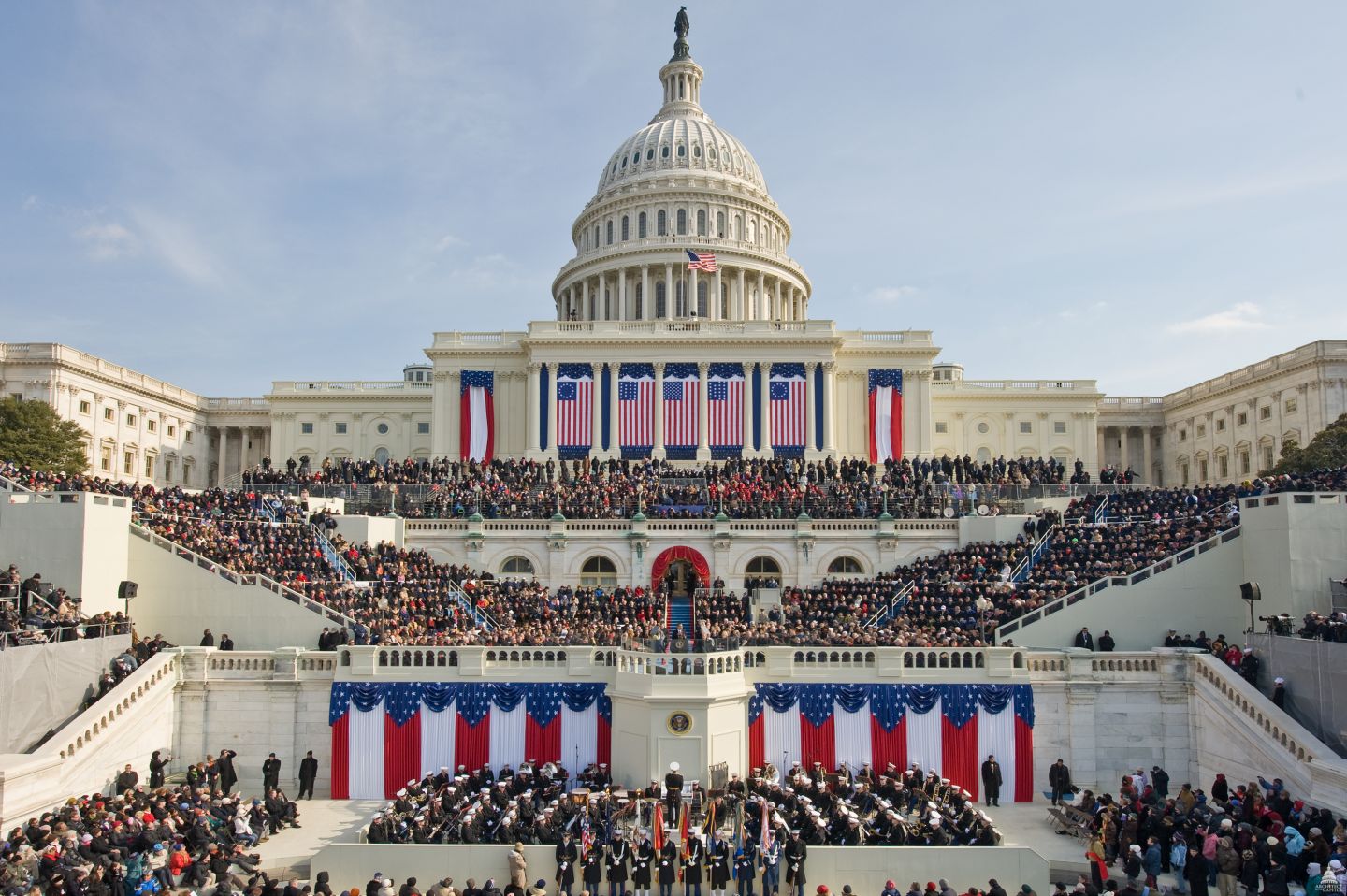
美国总统就职典礼的举行,标志着新一届美国总统任期的开始。实际上,美国宪法中对就职典礼所规定的唯一一项,就是在总统进入总统办公室执政前,必须进行宣誓。然而随着历史的推移,就职典礼的传统项目也逐渐扩大,已从最初一个简单的就职宣誓仪式,发展成为如今一个包括游行、演讲和舞会的为期一天的活动。
宣誓当天,被称为就职典礼日(Inauguration Day),是美国联邦的公共假期。从1793年至1933年为3月4日,从1937年之后,就职日为1月20日(1933年批准的美國憲法第二十修正案改变任期的开始日期)。从安德鲁·杰克逊总统至吉米·卡特总统,就职典礼主要在美国国会的东门廊(East Portico)举行[1]。
Die Amtseinführung des Präsidenten der Vereinigten Staaten (englisch United States presidential inauguration) ist der von Feierlichkeiten begleitete Beginn der Amtszeit eines US-Präsidenten. Die Verfassung der Vereinigten Staaten legt diesen Zeitpunkt seit 1933 auf den 20. Januar nach der Präsidentschaftswahl um 12 Uhr fest (in Kraft ab 1937).
アメリカ合衆国大統領就任式(アメリカがっしゅうこくだいとうりょうしゅうにんしき、United States presidential inauguration)は、次期大統領 (President-elect) によるアメリカ合衆国大統領職への就任宣誓を中心とする式典。
The inauguration of the president of the United States is a ceremony to mark the commencement of a new four-year term of the president of the United States. This ceremony takes place for each new presidential term, even if the president is continuing in office for a second term. Since 1937, it has taken place at noon EST on January 20, the first day of the new term, some 72 to 78 days after the presidential election, except for three occasions when January 20 fell on a Sunday. In those years, the presidential oath of office was administered on that day privately and then again in a public ceremony the next day, on Monday, January 21. The most recent presidential inauguration ceremony was held on January 20, 2017, when Donald Trump officially assumed office. The next inauguration will take place on Wednesday, January 20, 2021.
Recitation of the presidential oath of office is the only component in this ceremony mandated by the United States Constitution (in Article II, Section One, Clause 8). Though it is not a constitutional requirement, the chief justice typically administers the presidential oath of office. Since 1789, the oath has been administered at 58 scheduled public inaugurations, by 15 chief justices, one associate justice, and one New York state judge. Others, in addition to the chief justice, have administered the oath of office to several of the nine vice presidents who have succeeded to the presidency upon their predecessor's death or resignation intra-term.
Since the 1981 inauguration of Ronald Reagan, the ceremony has been held at the west front of the United States Capitol facing the National Mall with its iconic Washington Monument and distant Lincoln Memorial. Other swearing-in ceremonies have taken place on a platform over the steps at the Capitol's east portico on a regular basis for 180 years, and occasionally inside the Old Senate Chamber on the old north side, the chamber of the House of Representatives in the south wing, and the central Rotunda under the dome.[1] The last regularly scheduled inauguration not to take place at the Capitol was Franklin D. Roosevelt's fourth inauguration in 1945, which was held at the White House.
Over the years, various traditions have arisen that have expanded the inauguration from a simple oath-taking ceremony to a day-long event, including parades and multiple social gatherings. The ceremony itself is carried live via the major U.S. commercial television and cable news networks; various ones also stream it live on their websites.
When a president has assumed office intra-term the inauguration ceremony has been conducted without pomp or fanfare. To facilitate a quick presidential transition under extraordinary circumstances, the new president takes the oath of office in a simple ceremony and usually addresses the nation afterward.
L'Inauguration Day (en français, Jour d'investiture) est le jour aux États-Unis où le président élu prête serment et prend ses fonctions comme président des États-Unis, au mois de janvier. Le vice-président élu prête également serment et entre en fonction le même jour.
Le dernier Inauguration Day s'est déroulé le 20 janvier 2017 avec l'investiture de Donald Trump comme 45e président des États-Unis.
Le mandat d'un président américain débutant constitutionnellement le 20 janvier à midi, heure de Washington (17h00 TU/UTC), il est de tradition si ce jour tombe un dimanche, que la prestation de serment se tienne en comité restreint à la Maison-Blanche et de reporter les manifestations publiques, avec une seconde prestation de serment, au lendemain.
L'insediamento del presidente degli Stati Uniti è la cerimonia tenuta all'inizio del mandato presidenziale. La costituzione statunitense impone in realtà un unico adempimento: che il presidente presti un giuramento o comunque una dichiarazione solenne prima di entrare in carica. Tuttavia, nel corso degli anni sono sorte numerose prassi che hanno esteso l'insediamento da spartana cerimonia sacramentale a vera e propria giornata di sfilate, discorsi e danze.
Questa giornata, nota oggi come Inauguration Day, cadde il 4 marzo dal 1798 al 1933. Nel 1933 la ratifica del 20º emendamento, modificando la data di inizio mandato, la fissò al 20 gennaio. Dalla presidenza di Martin Van Buren a quella di Jimmy Carter la cerimonia principale dell'Inauguration Day si tenne nel portico est del Campidoglio. Dal 1981, con l'insediamento di Ronald Reagan, si è invece svolta sul lato ovest. Gli insediamenti di William Howard Taft nel 1909 e dello stesso Reagan nel 1985 si tennero dentro il Campidoglio a causa del freddo.
Da quando Oliver Ellsworth amministrò l'insediamento di John Adams, nessun altro presidente della Corte Suprema ha mai mancato a questo ufficio in una cerimonia d'insediamento regolarmente programmata. Allorché l'Inauguration Day è caduto di domenica, il giudice ha assistito al giuramento o il giorno stesso o altrimenti due volte: il sabato in privato e il lunedì in pubblico. La guerra del 1812 e la seconda guerra mondiale imposero di spostare la cerimonia da Washington.
La investidura presidencial de Estados Unidos se produce a partir de la apertura de un nuevo plazo de un presidente de los Estados Unidos.
Инаугурация президента США — торжественная церемония присяги и вступления в должность президента и вице-президента США. По традиции проводится публично перед Капитолием в Вашингтоне, привлекает большое число зрителей, сопровождается программной речью президента, по её случаю устраиваются торжественный парад и бал. До 1933 года включительно инаугурация проходила 4 марта, а после внесения Двадцатой поправки к Конституции — 20 января. В случае, если президентом становится вице-президент после досрочного окончания полномочий его предшественника, он приносит присягу, но публичной церемонии не проводится.




 Automobile
Automobile
 ***Technology
***Technology


 IT-Times
IT-Times
 IC
IC


 IT-Times
IT-Times
 Semiconductor technology
Semiconductor technology


 IT-Times
IT-Times
 MCU
MCU

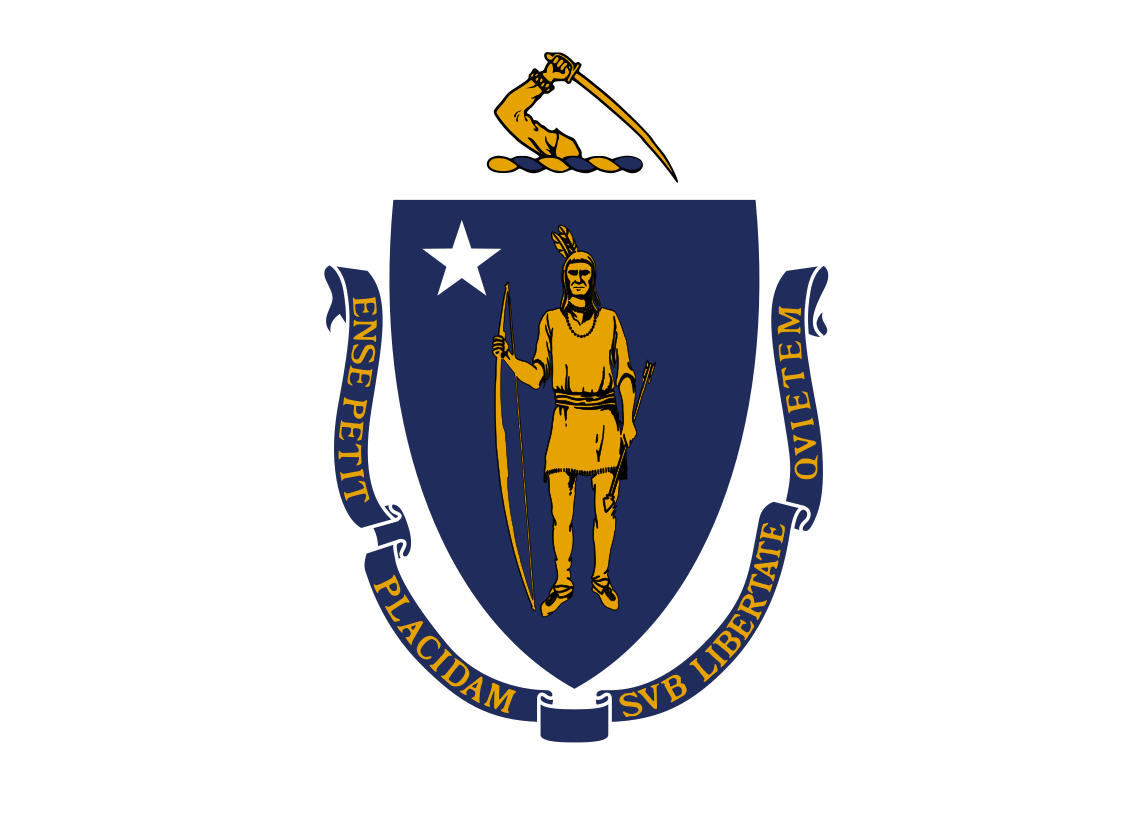 Massachusetts-MA
Massachusetts-MA
 United States
United States

 Science and technology
Science and technology
 Global Innovators
Global Innovators

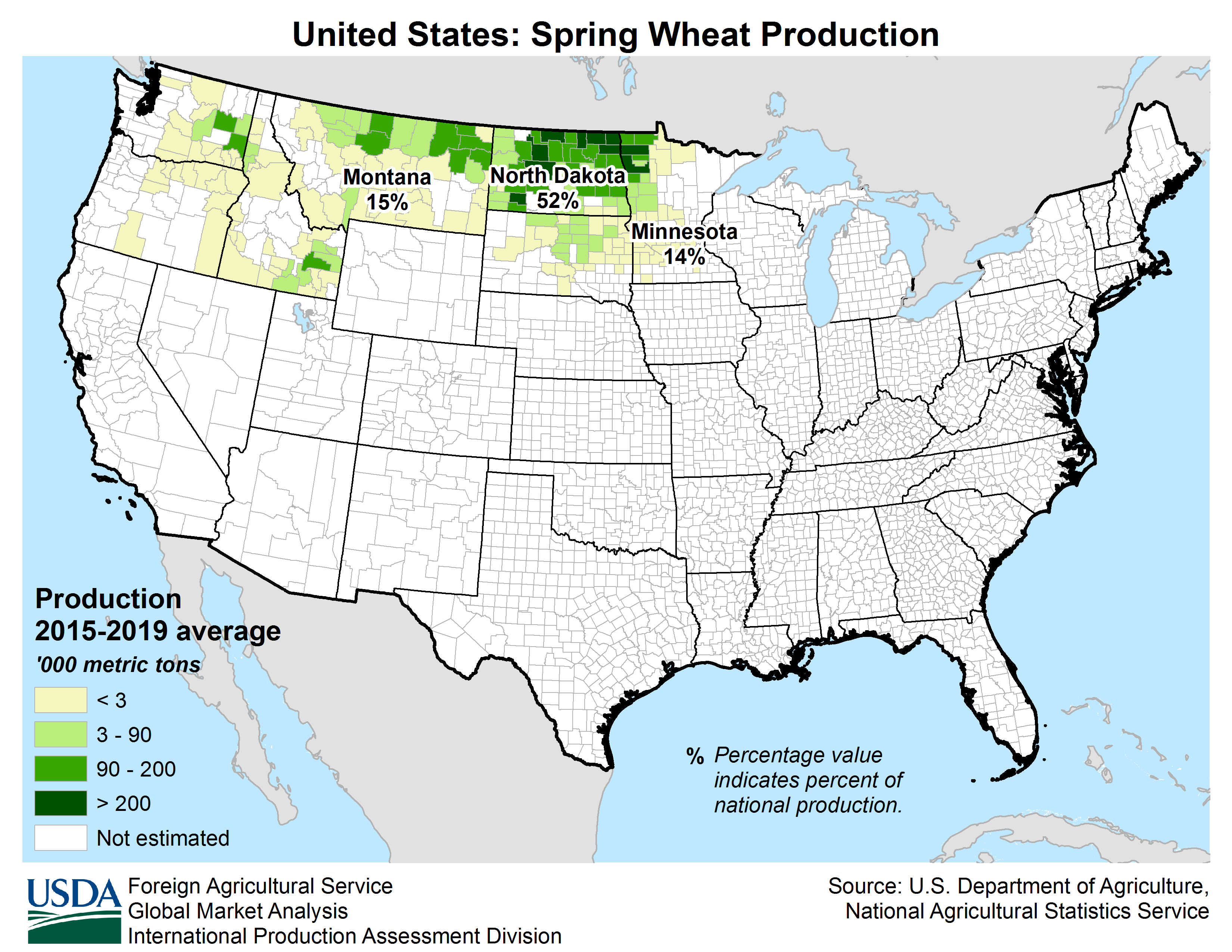

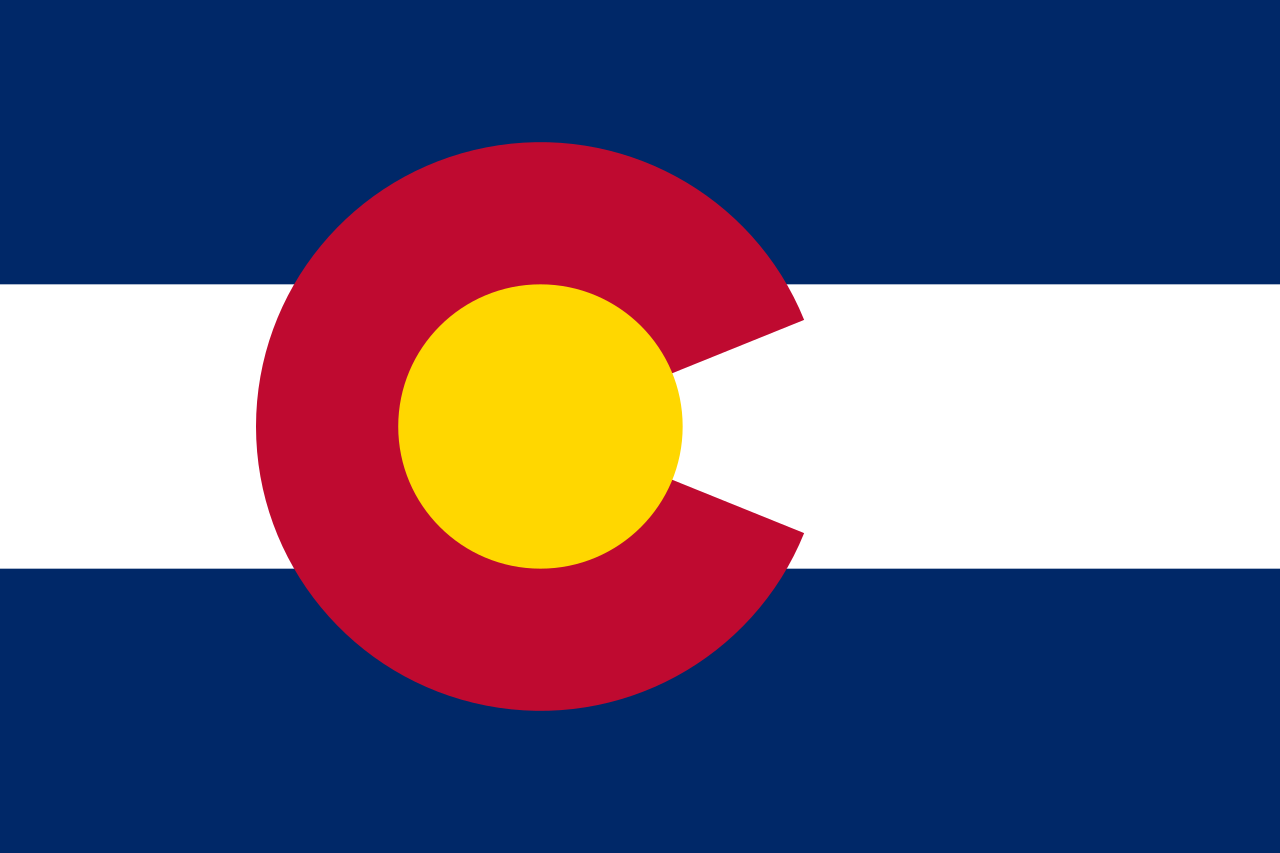 Colorado-CO
Colorado-CO

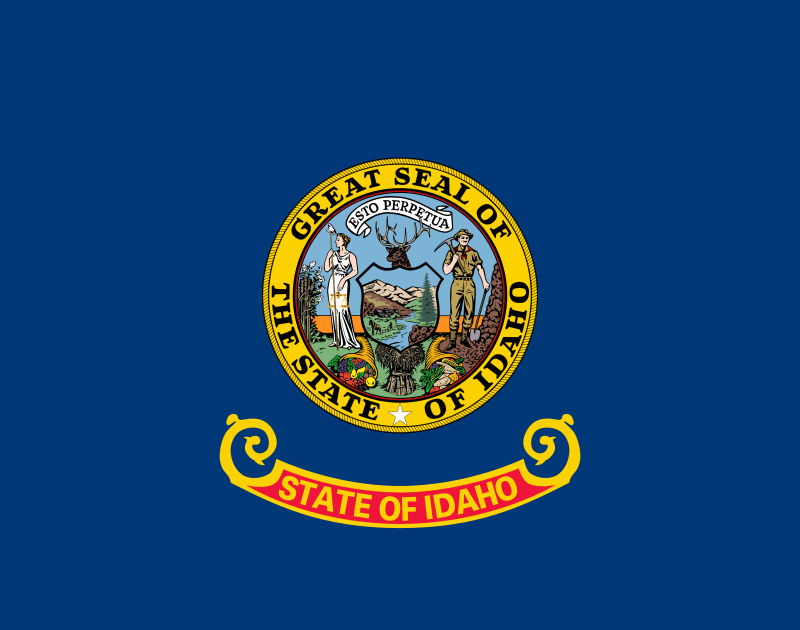 Idaho-ID
Idaho-ID

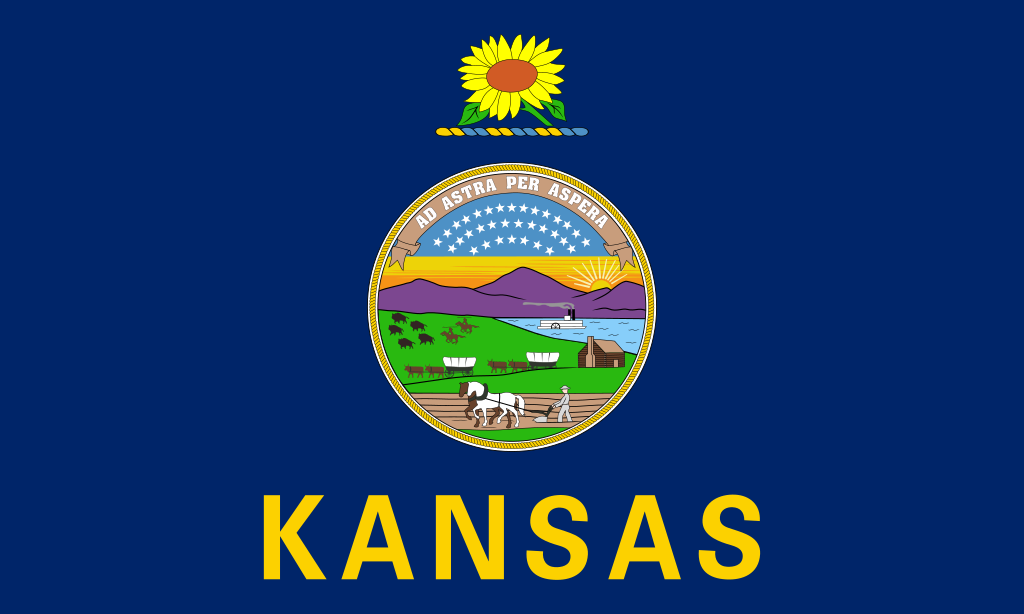 Kansas-KS
Kansas-KS

 Agriculture, forestry, livestock, fishing
Agriculture, forestry, livestock, fishing

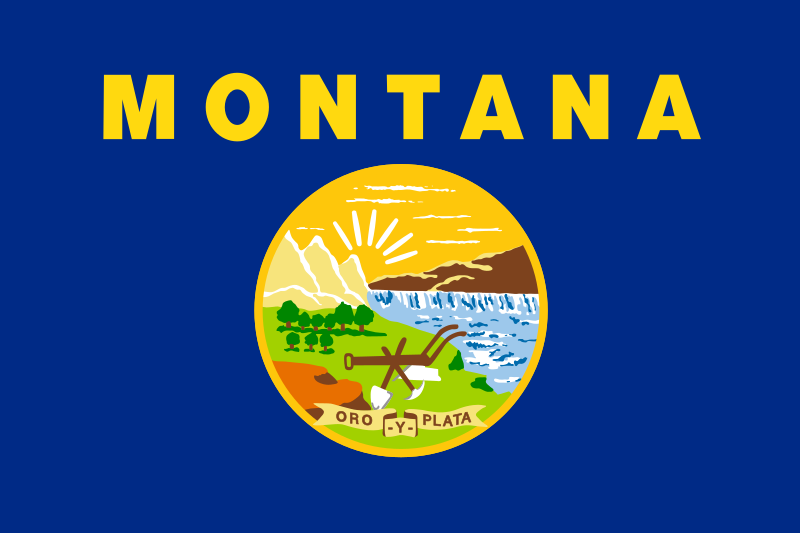 Montana-MT
Montana-MT

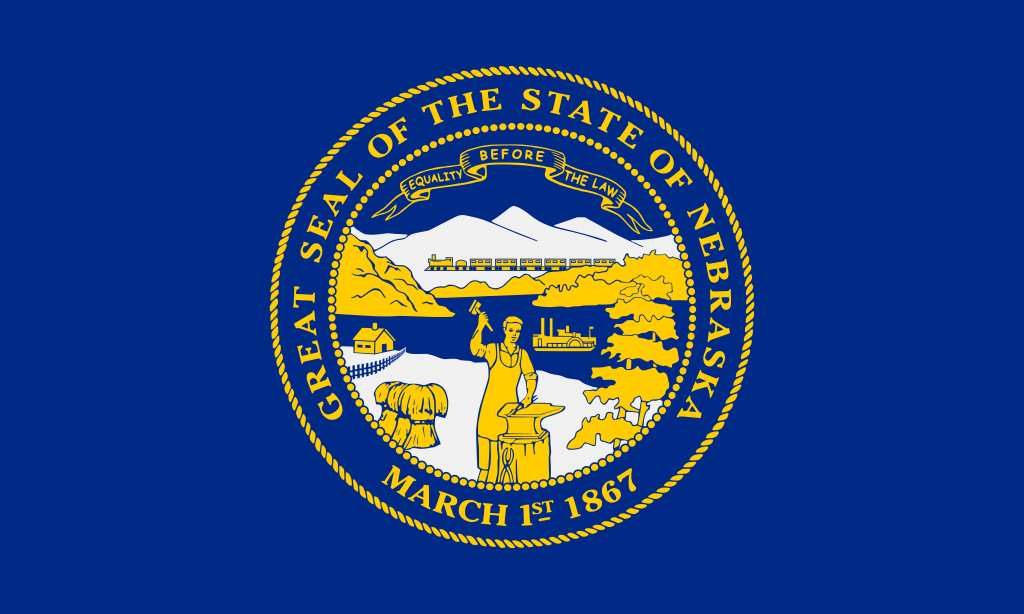 Nebraska-NE
Nebraska-NE

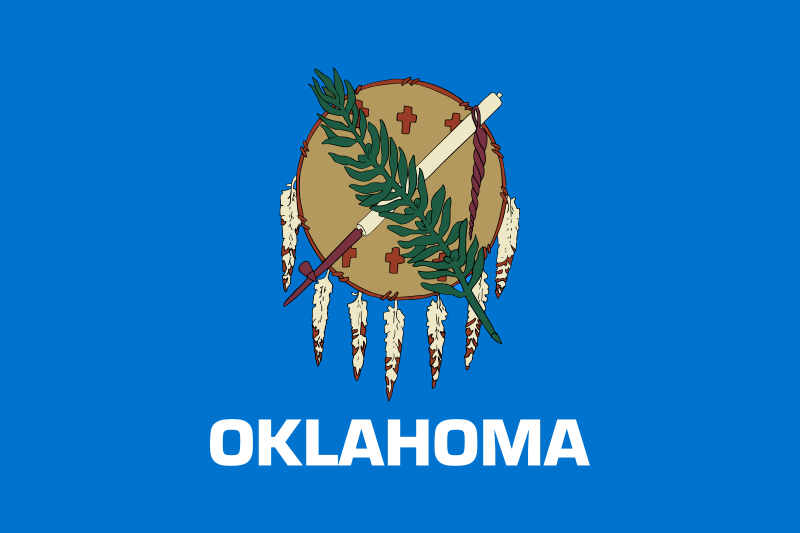 Oklahoma-OK
Oklahoma-OK

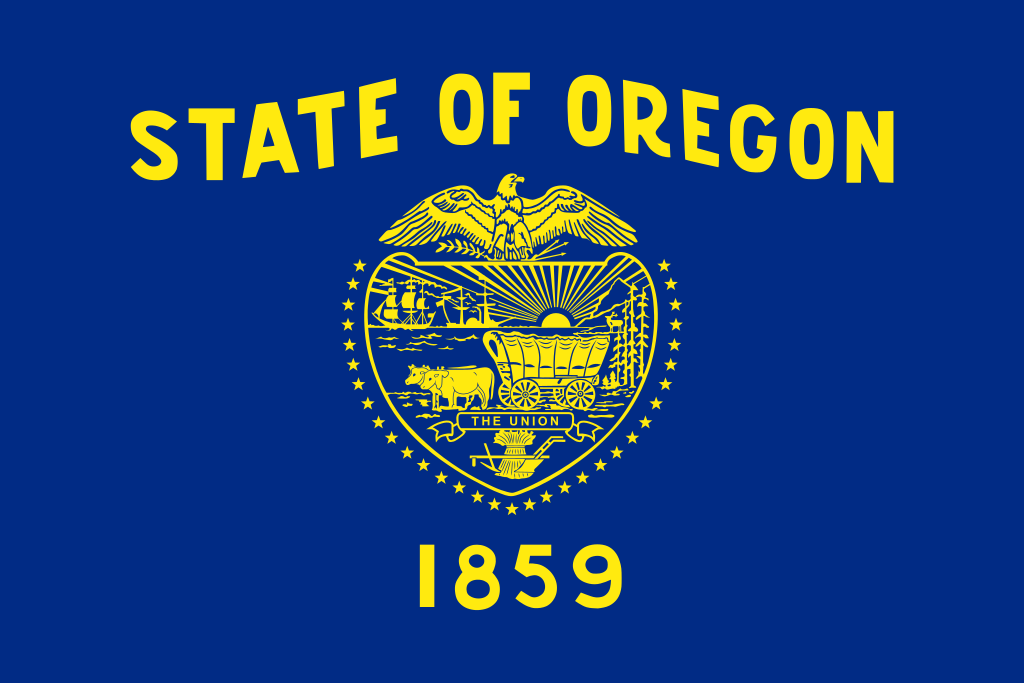 Oregon-OR
Oregon-OR

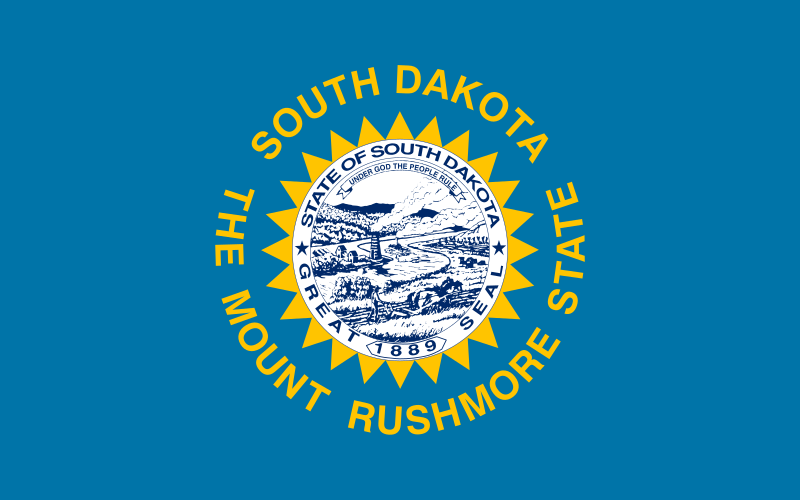 South Dakota-SD
South Dakota-SD

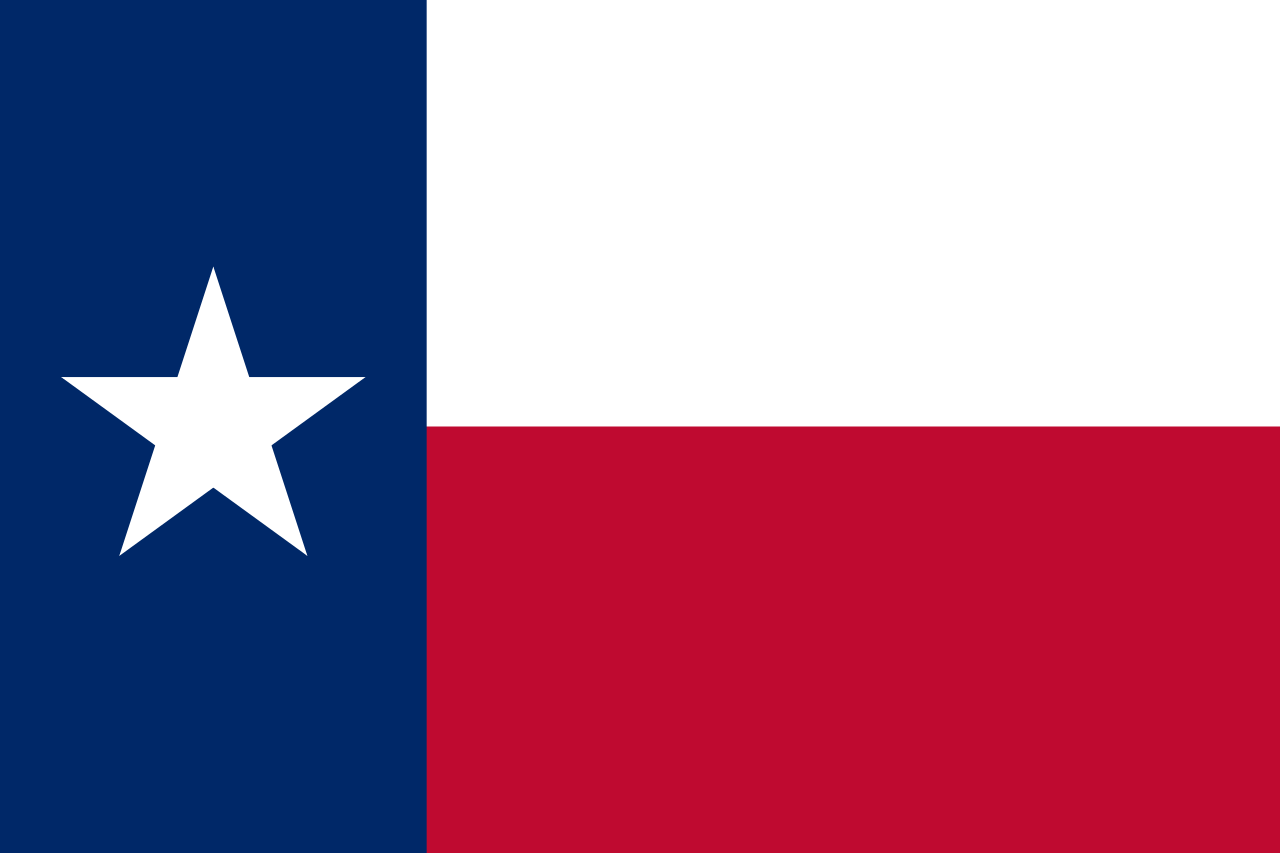 Texas-TX
Texas-TX

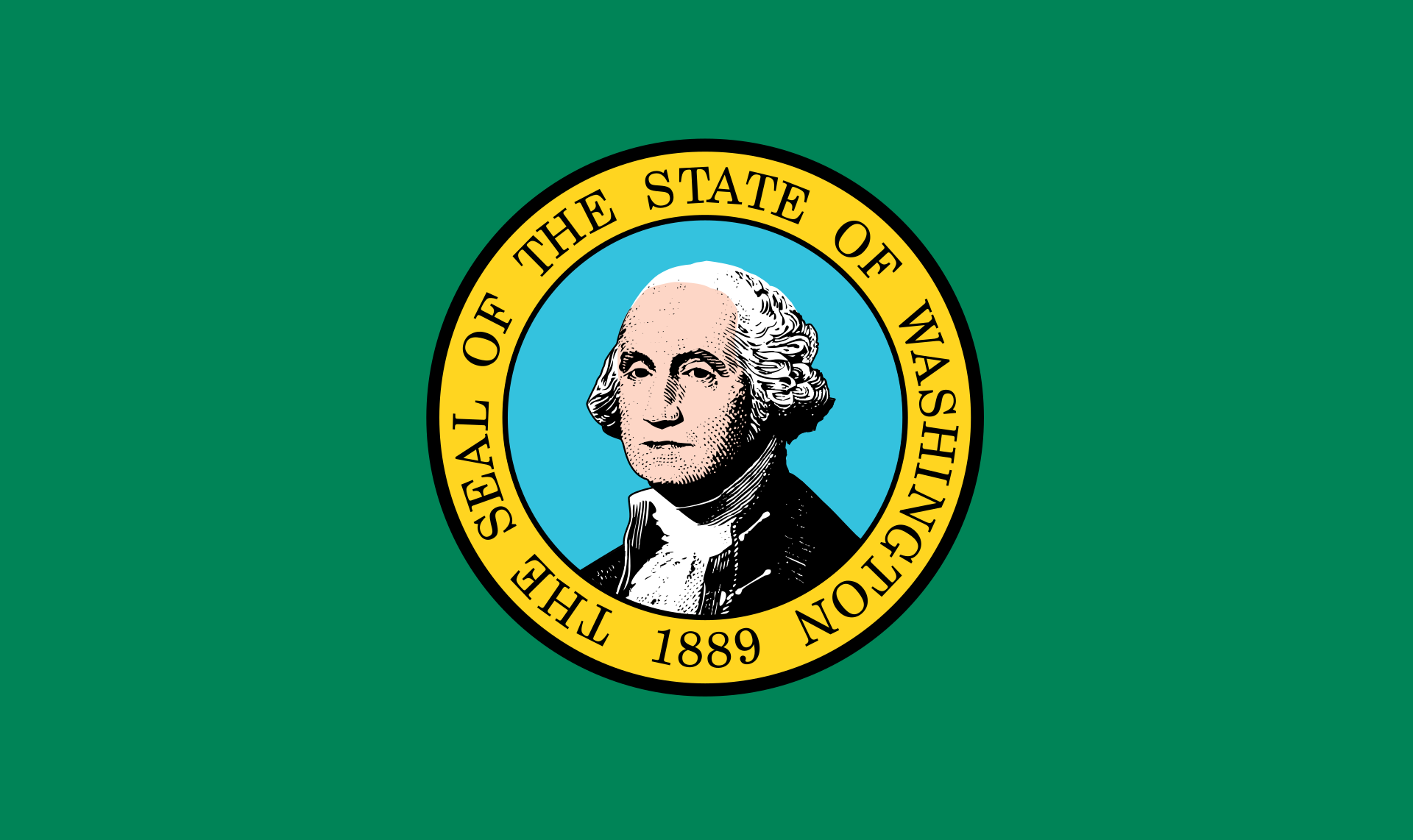 Washington-WA
Washington-WA
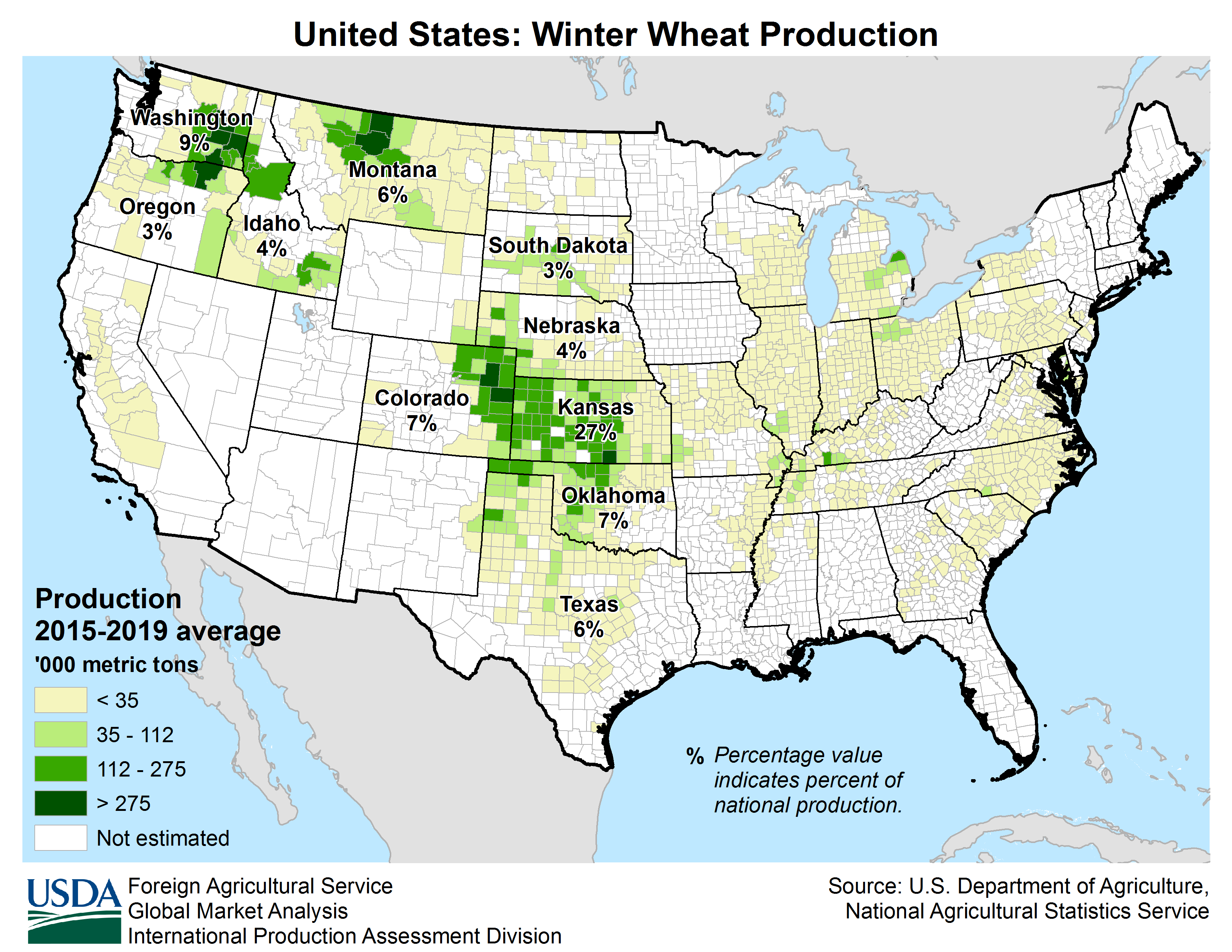

 Australia
Australia
 England
England
 Hongkong Tebiexingzhengqu-HK
Hongkong Tebiexingzhengqu-HK
 Ireland
Ireland
 Canada
Canada
 New Zealand
New Zealand
 Schottland
Schottland
 United States
United States
 United Kingdom
United Kingdom
 Wales
Wales

圣公宗(英语:Episcopalianism),原作盎格鲁宗(Anglicanism,或译安立甘宗),源自英国(英格兰)的英格兰国教会和爱尔兰教会及其于世界各地衍伸出来的教会之总称。2011年时,全球圣公宗基督徒超过8500万人。
Anglikanismus (von lateinisch anglicanus „englisch“) ist eine christliche Konfession und bezieht sich auf Glaubenslehre und Kirchenordnung der „Kirche von England“ (Church of England) und ihrer Tochterkirchen. Die meisten dieser Tochterkirchen gehören zur Anglikanischen Gemeinschaft, einige haben sich aber von der Gemeinschaft getrennt und der Traditional Anglican Communion oder der Orthodox Anglican Communion angeschlossen.
Nach seinem auf die Caroline Divines des 17. Jahrhunderts zurückgehenden Selbstverständnis vertritt der Anglikanismus einen Mittelweg (via media) zwischen dem abendländischen Katholizismus, von dem man sich in der Reformation trennte, und dem Protestantismus. Er zeichnet sich durch eine große Kraft zur Integration unterschiedlicher theologischer Positionen aus. Als Grundlage gelten die Heilige Schrift, die Tradition und die Vernunft.[1]

Annapolis ist die Hauptstadt des US-Bundesstaates Maryland in den Vereinigten Staaten und Sitz der Countyverwaltung (County Seat) des Anne Arundel Countys. Es ist eine Hafenstadt an der Chesapeake Bay und Sitz der United States Naval Academy.
安纳波利斯(英语:Annapolis),美国马里兰州州政府所在地,也是安妮阿伦德尔县的县治。[3]1783年11月至1784年6月,是美国在独立战争期间的临时首都,承认美国独立的《1783年巴黎条约》即于此签署。[4]美国海军学院所在地。乔治·华盛顿辞去大陆军总司令的地点。[5]建立于1796年的圣约翰学院是美国历史第三悠久的大学。


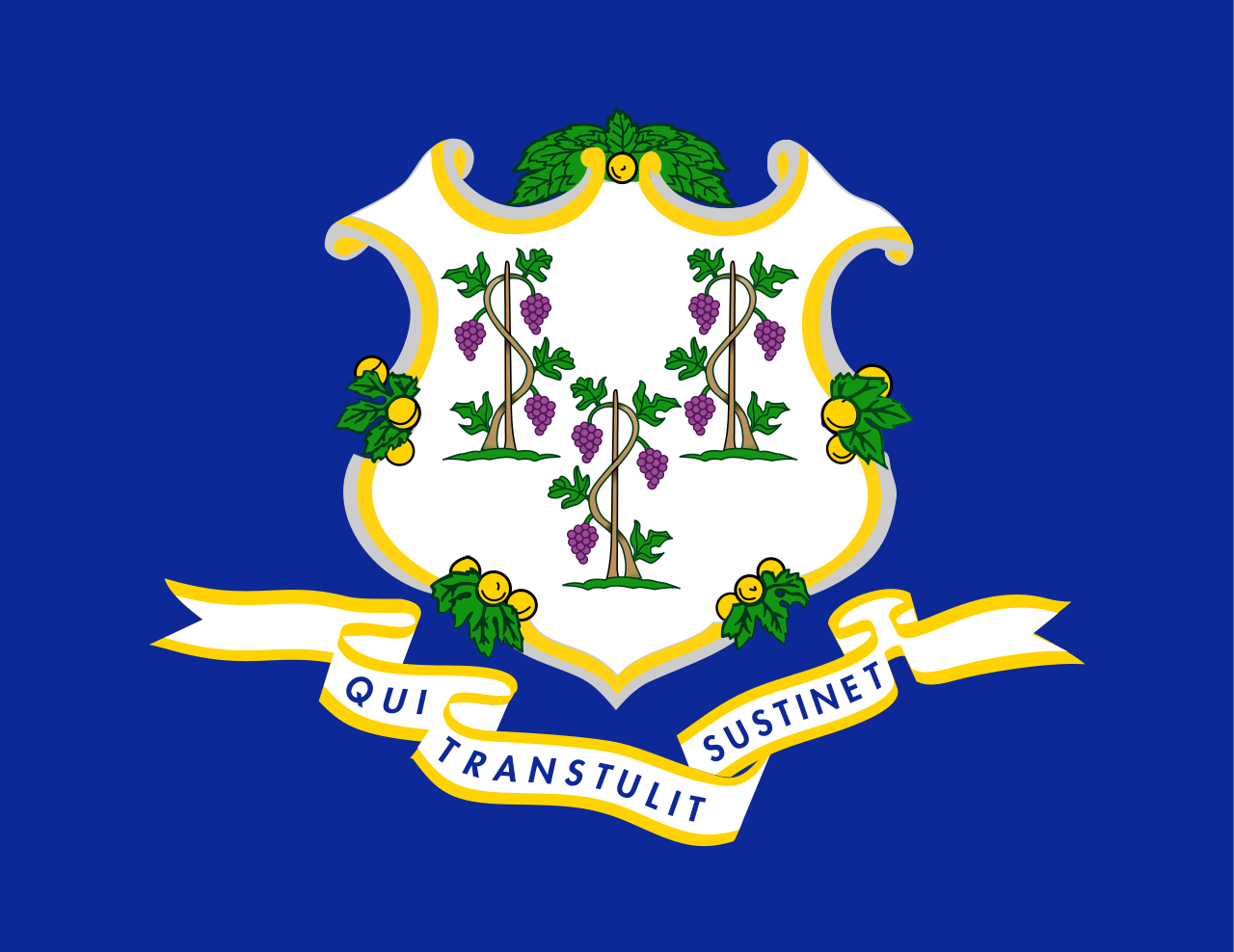 Connecticut-CT
Connecticut-CT
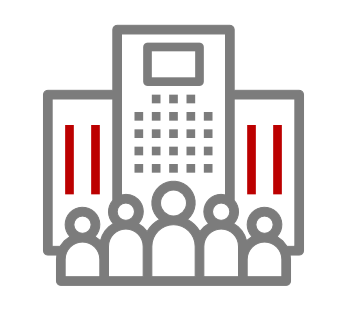 Companies
Companies
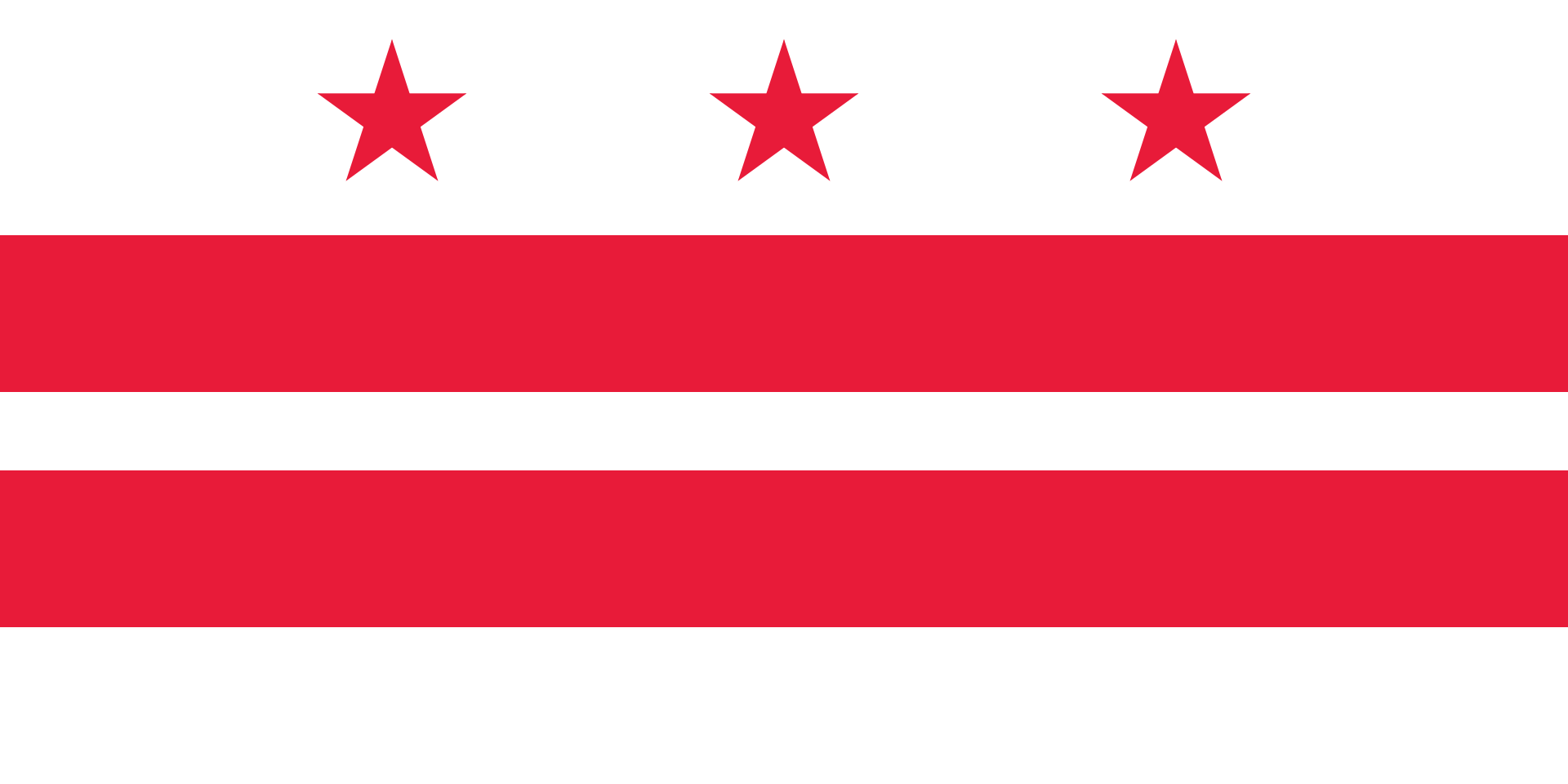 Washington, D.C.
Washington, D.C.
 Energy resource
Energy resource
 Economy and trade
Economy and trade
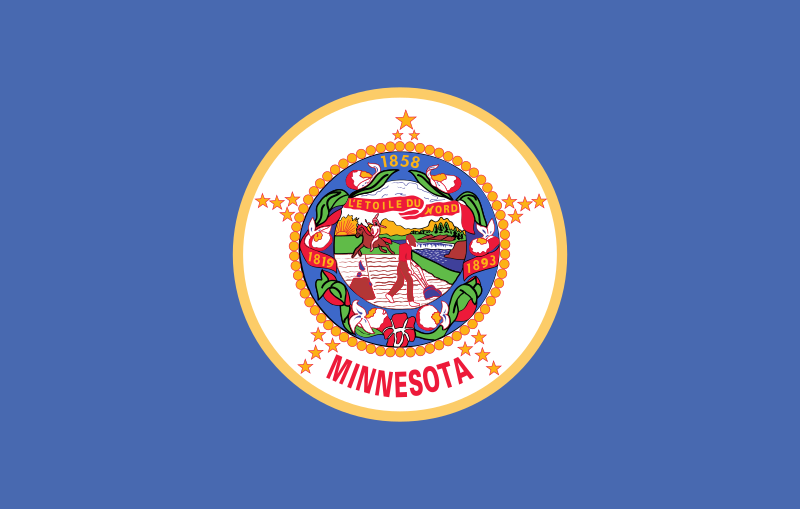 Minnesota-MN
Minnesota-MN
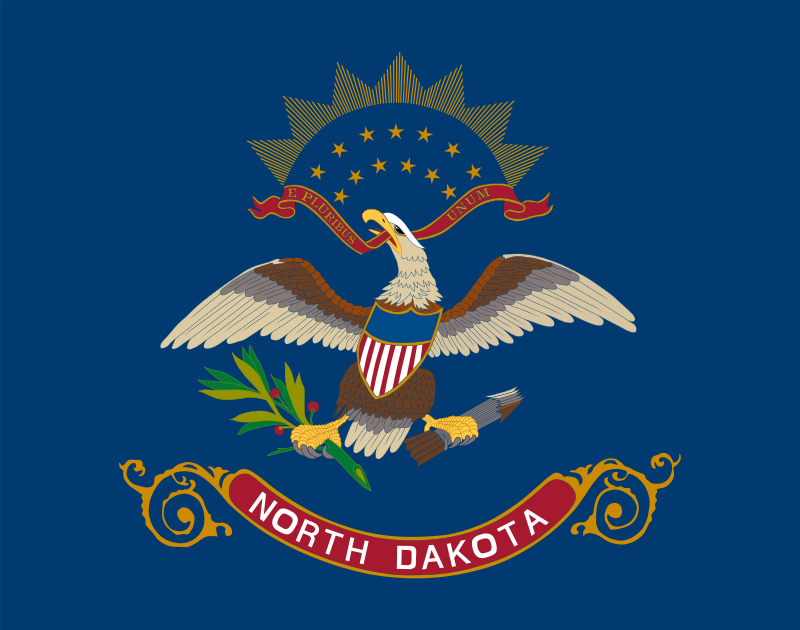 North Dakota-ND
North Dakota-ND
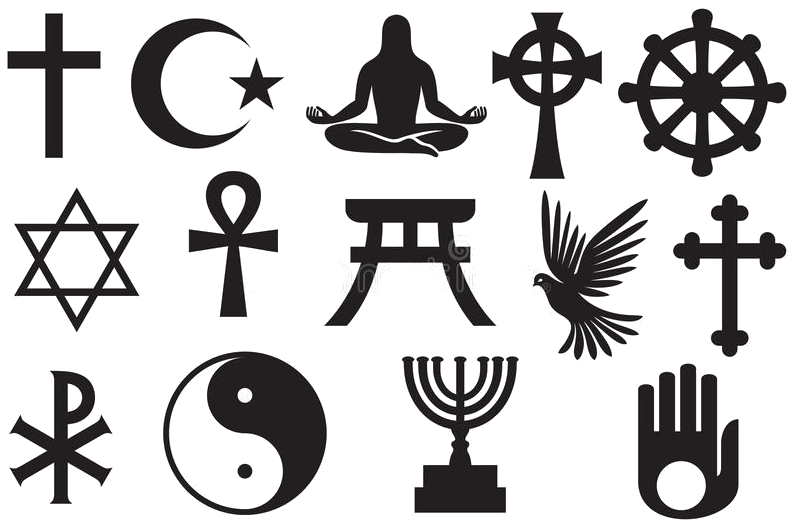 Religion
Religion
 International cities
International cities
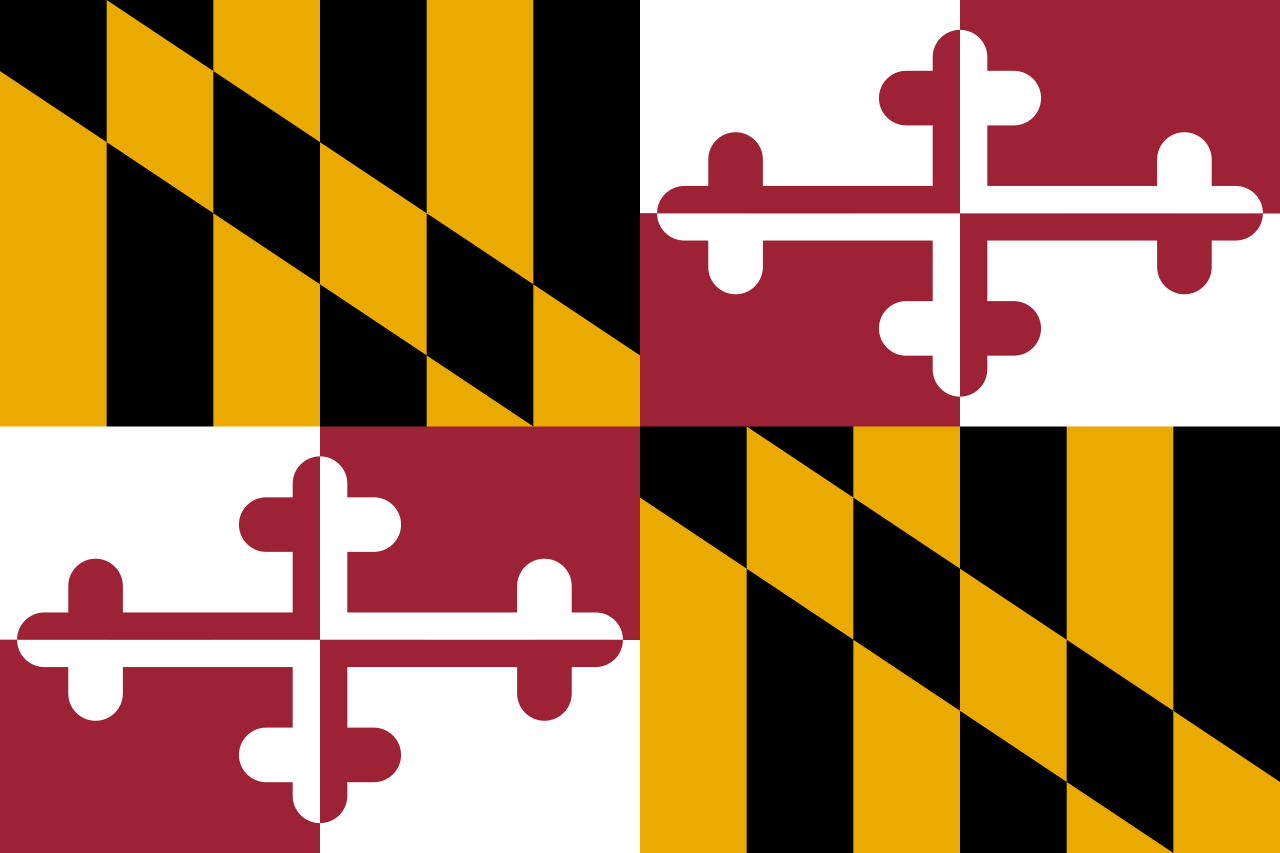 Maryland-MD
Maryland-MD
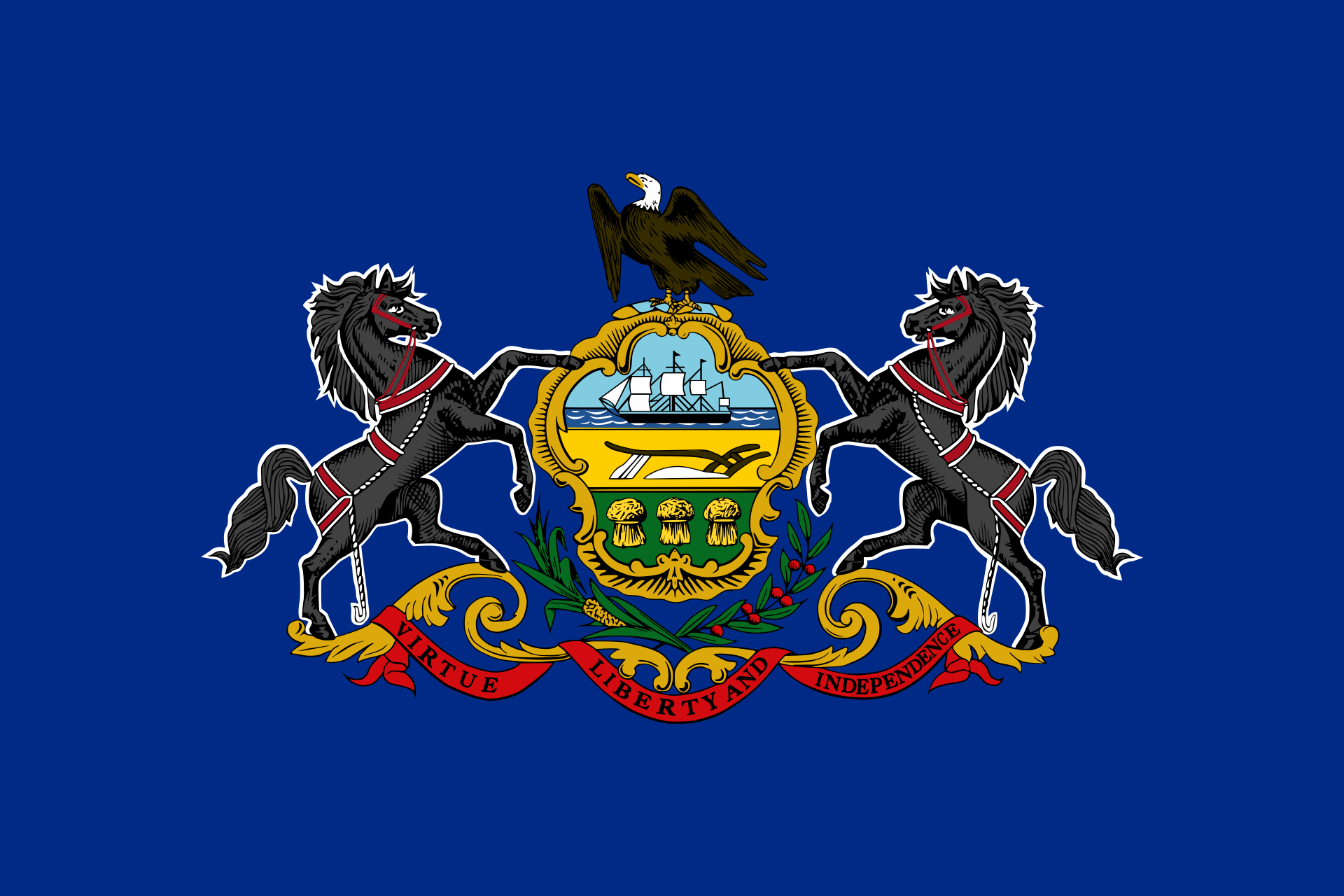 Pennsylvania-PA
Pennsylvania-PA



 Military, defense and equipment
Military, defense and equipment
 Hand in Hand
Hand in Hand